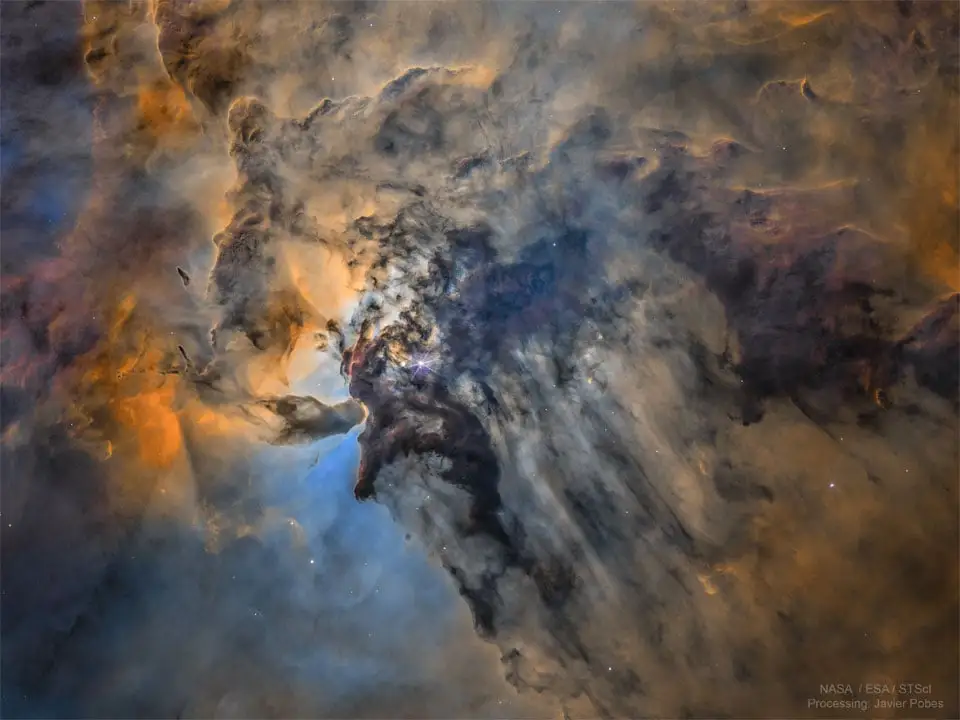this post was submitted on 24 Jun 2024
107 points (98.2% liked)
Space
8744 readers
124 users here now
Share & discuss informative content on: Astrophysics, Cosmology, Space Exploration, Planetary Science and Astrobiology.
Rules
- Be respectful and inclusive.
- No harassment, hate speech, or trolling.
- Engage in constructive discussions.
- Share relevant content.
- Follow guidelines and moderators' instructions.
- Use appropriate language and tone.
- Report violations.
- Foster a continuous learning environment.
Picture of the Day
 The Busy Center of the Lagoon Nebula
The Busy Center of the Lagoon Nebula
Related Communities
🔭 Science
- !astronomy@mander.xyz
- !curiosityrover@lemmy.world
- !earthscience@mander.xyz
- !esa@feddit.nl
- !nasa@lemmy.world
- !perseverancerover@lemmy.world
- !physics@mander.xyz
- !space@beehaw.org
- !space@lemmy.world
🚀 Engineering
🌌 Art and Photography
Other Cool Links
founded 1 year ago
MODERATORS
you are viewing a single comment's thread
view the rest of the comments
view the rest of the comments
Lagrange Points (L4 and L5 specifically). Here's a bit of space with a gravitational effect keeping you inside, but not due to mass inside it. It's due to the relation of two other masses. Mind-boggling.
Venus. It's got this mega-dense atmosphere. Why? It's an anomaly when you compare it to the other similarly-sized planets in our solar system. The gas giants having thick atmospheres makes sense, but Venus? Actually, I just had a thought. The Sun's mass generally pulls gas toward it. Gas that is in between the Sun and Mercury gets pulled into the Sun. Gas between Mercury and Venus gets pulled into the Sun too, since the closeness of the Sun makes its gravitational effect very influential compared to Mercury's. Gas between Venus and the Earth, however, is far away enough from the Sun that it will stabilize around a Venus-sized planet. This explains the discrepancy between Mercury's and Venus's atmospheres. Not sure about the Venus/Earth discrepancy, but perhaps Mars's light atmosphere is due to its lower mass.
Callisto. Why is it so dark? Why is the ice (the light splotches on the surface) like polka dots, rather than either an ocean or more diffuse?
Past geological activity spewing dust over ice?